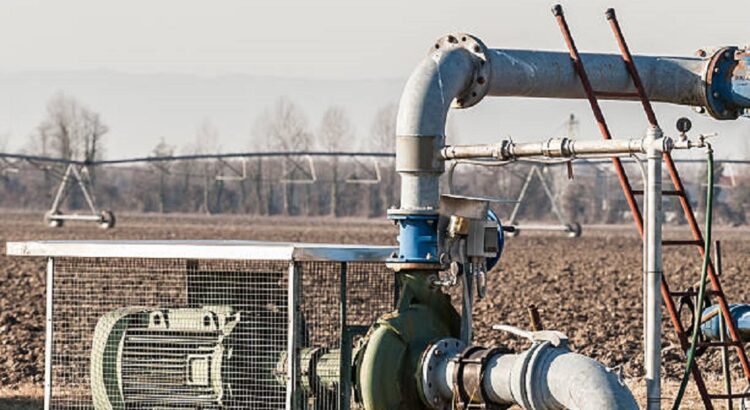The industrial world has seen a remarkable transformation over the years, and a significant part of this change is attributed to advancements in steam technology, particularly in the evolution of steam traps. Steam traps, essential components in steam systems, have undergone various developmental phases, adapting to the ever-changing needs of industries. This article explores how steam traps have evolved and the impact of this evolution on industrial applications.
The Early Days of Steam Traps
The history of steam traps parallels the industrial revolution. Initially, steam traps were simple mechanical devices, designed to release condensate and non-condensable gases without losing much steam. The earliest steam traps operated on basic principles of buoyancy or thermal expansion. Though effective for their time, these traps were often large, inefficient by today’s standards, and required significant manual intervention.
The Advent of Thermostatic and Mechanical Traps
As industries grew, so did the need for more efficient and reliable steam traps. This demand led to the development of thermostatic and mechanical steam traps. Thermostatic traps, using bimetallic or bellows elements, responded to temperature changes, improving the efficiency of steam systems. Mechanical traps, like the bucket and float-type, offered better condensate removal based on density differences between steam and water. These innovations marked a significant leap in steam trap technology.
The Introduction of High-Pressure and Specialized Traps
The expansion of industries into more demanding applications, such as high-pressure environments, necessitated the development of steam traps that could operate under these extreme conditions. High-pressure steam traps were engineered to handle the rigors of high-temperature and high-pressure steam, a leap forward in ensuring safety and efficiency in power plants and heavy industries.
The Era of Energy Efficiency and Sustainability
In recent decades, the focus has shifted towards energy efficiency and sustainability. Modern steam traps are designed to minimize steam loss, reduce energy consumption, and lower operational costs. This era has seen the rise of thermodynamic traps, which offer simplicity, durability, and efficiency, especially suitable for high-pressure systems.
Smart Steam Traps and the Future
The latest development in steam trap technology is the integration of smart capabilities. Smart steam traps equipped with sensors and IoT technology allow for real-time monitoring and analytics. This advancement leads to predictive maintenance, reducing downtime, and further improving efficiency. As industries move towards Industry 4.0, these smart steam traps are set to play a pivotal role.
The evolution of steam traps mirrors the journey of industrial progress. From rudimentary devices to sophisticated, smart systems, steam traps have continually adapted to meet the growing and changing demands of industries. This evolution not only reflects technological advancements but also a commitment to efficiency, safety, and sustainability in industrial steam applications. As we look to the future, it’s evident that steam traps will continue to evolve, playing a crucial role in the efficiency and success of industrial operations.
